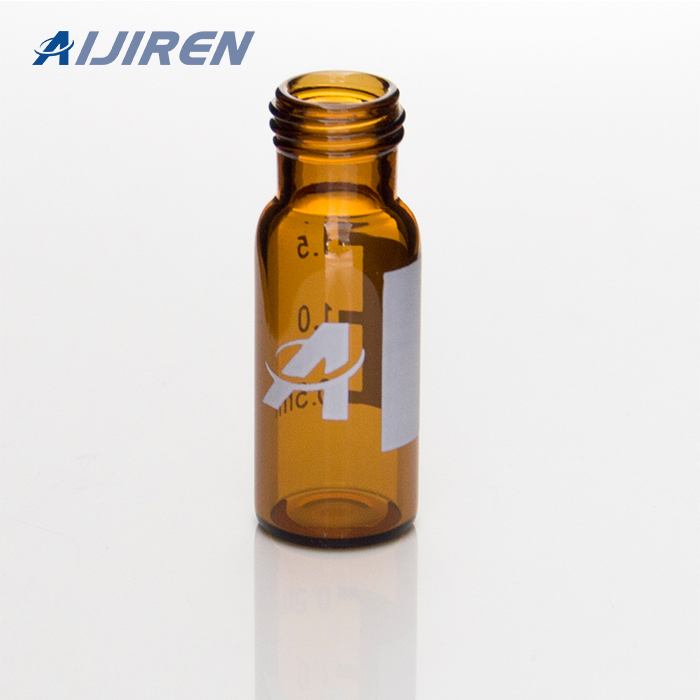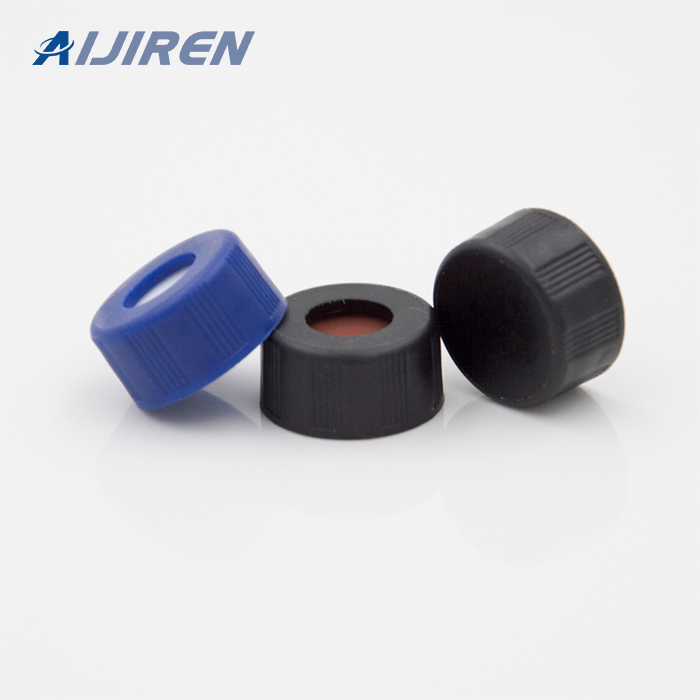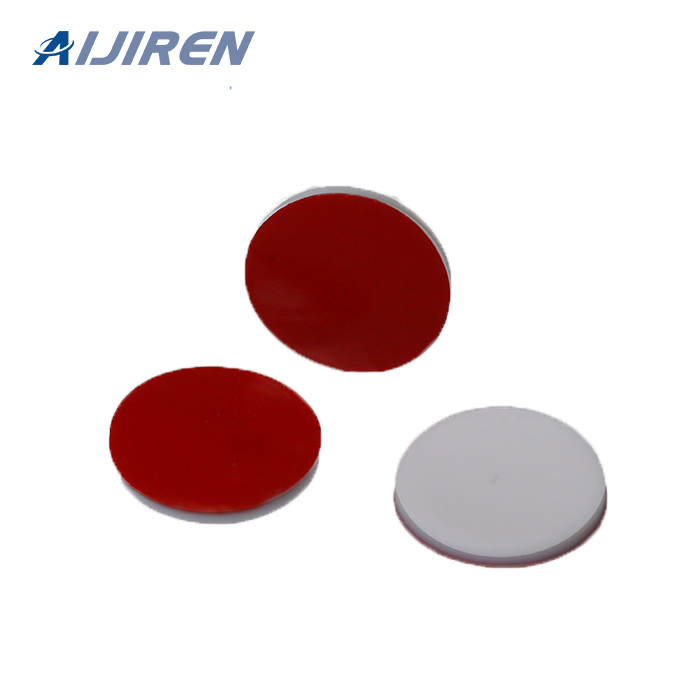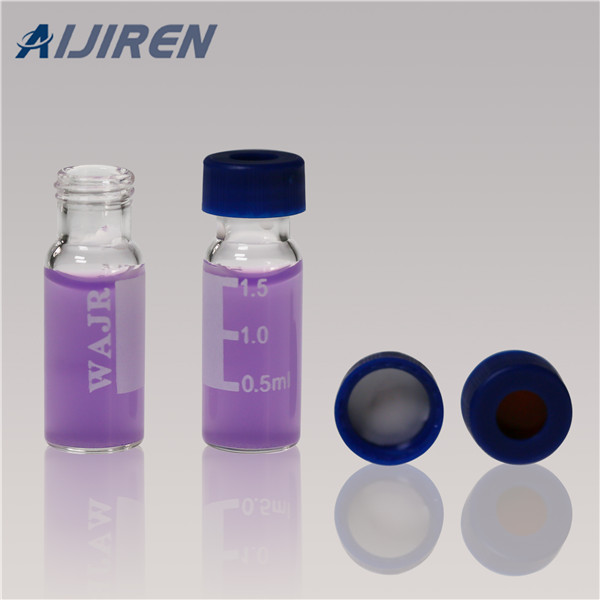



Team-based research and inter-lab collaboration has emerged around the world. As your lab needs to continually demonstrate productivity improvements and cost reductions, bring in Brady as your partner for achieving and sustaining your lab performance goals with dependable and performance-tested identification, tracking and safety products.
Waters 2ml hplc vials supplier for Aijiren autosampler Material: USP Type 1, Class A, 33 Borosilicate Glass Volume: 2ml (standard volume) 1.5ml(actual volume) Application: HPLC and GC system Dimensions: 11.6 x 32mm Neck Diameter: 9mm Qty/Pack: 100pcs/pack Payment: T/T MOQ: 1pack
DYMO-compatible paper labels can be printed with serialized information and 1D/2D barcodes for improved tracking and organization. Available in a variety of colors, they are ideal for all general use applications, both in the lab and office, such as the identification of folders, notebooks, boxes, paperwork, and as shipping labels.
Amazon gc laboratory vials with writing space for lab use Material: USP Type 1, Class A, 33 Borosilicate Glass Volume: 2ml (standard volume) 1.5ml(actual volume) Application: HPLC and GC system Dimensions: 11.6 x 32mm Neck Diameter: 9mm Qty/Pack: 100pcs/pack Payment: T/T MOQ: 1pack
Waters offers three lines of certified vials: LC/GC Certified. LCMS Certified. TruView™ LCMS Certified. DIMENSIONAL TEST. All lines of Waters vials are certified to be within the dimensional tolerances for height, width, neck opening, neck center, threads, and bottom thickness specified for autosamplers.
Glass Vials offers a complete line of VOA Vials in 60ml, 40ml, and 20ml sizes. Our VOA Vials are made of laboratory quality borosilie glass as recommended by the EPA. Our open top caps are made from a glass reinforced polypropylene resin, and our septa is
Description: These vials made of type I borosilicate glass are designed primarily for use in the Waters WISP® 48-position and other autosamplers. UOM: 1 * 1.000 items Sale
Package nonhazardous lab glass and plastic waste items in sturdy cardboard boxes. Use any sturdy box as long as it will not weigh more than 25 pounds when full. Label boxes with PI name and room number, and seal with “Laboratory Glass” tape. Or seal the box with tape, and clearly label as “Laboratory Glass.”
Our Griffin, low form Glass Beakers, with spout, are manufactured with uniform wall thickness and offer optimum balance between thermal and mechanical shock.All Science Beakers have large, graduated, metric scale to indicate approximate content. Beakers have marking spots which are
Laboratory Vial & Test Tube Labels. Labels for test tubes can vary in size, barcode specification and color. Electronic Imaging Materials, Inc. offers vial and test tube label options, ranging from high quality paper to synthetics and durable polyesters. Our test tube and vial labels track samples in the areas of chemistry, hematology, virology,
Our tubular vials product range includes clear and amber vials in glass types I, II and III from 0.6 to 100 ml. We produce different designs, with or without blowback, according to industry standards or to individual specifications. Our moulded glass vial line starts with a 2ml size and is produced in glass
ViaLabel® is a division of InfoSight Corp®. "We Barcode Difficult Stuff tm" Providing state of the art bar code solutions for automatic identification of laboratory samples.Our technology produces robust , high contrast , industry standard bar codes on sample containers such as vials, slides or cassettes without the use of adhesive labels.
Amber Glass Vial with Label Area. Aijiren recommends 9 mm wide mouth vials and caps for laboratory testing. These vials are compatible with autosamplers and have an opening 40% larger than 8-425 threaded vials, simplifying pipettin 2ml Screw Neck Amber Glass Vial.
vials with caps in amber for lab use supplier Waters Standard Opening clear vials with caps with high quality for liquid autosampler Common use amber 2 ml vials with caps price for Waters HPLC
2/10/2017 · Consider the difference the number of characters can make in the picture to the left. These vials are 75mm and 45mm in length. Now think about the data you’ll be converting into barcodes, and the size of the vials, slides, or plates you’ll be labeling.